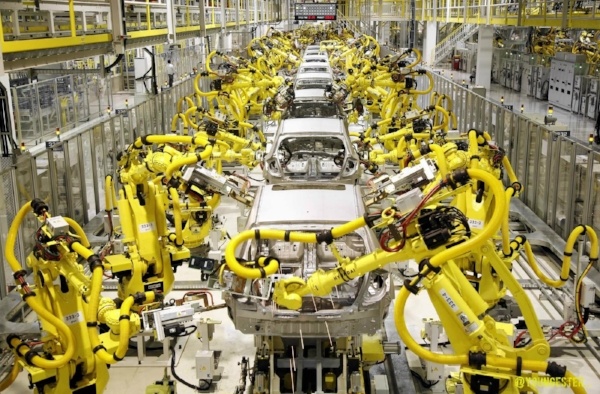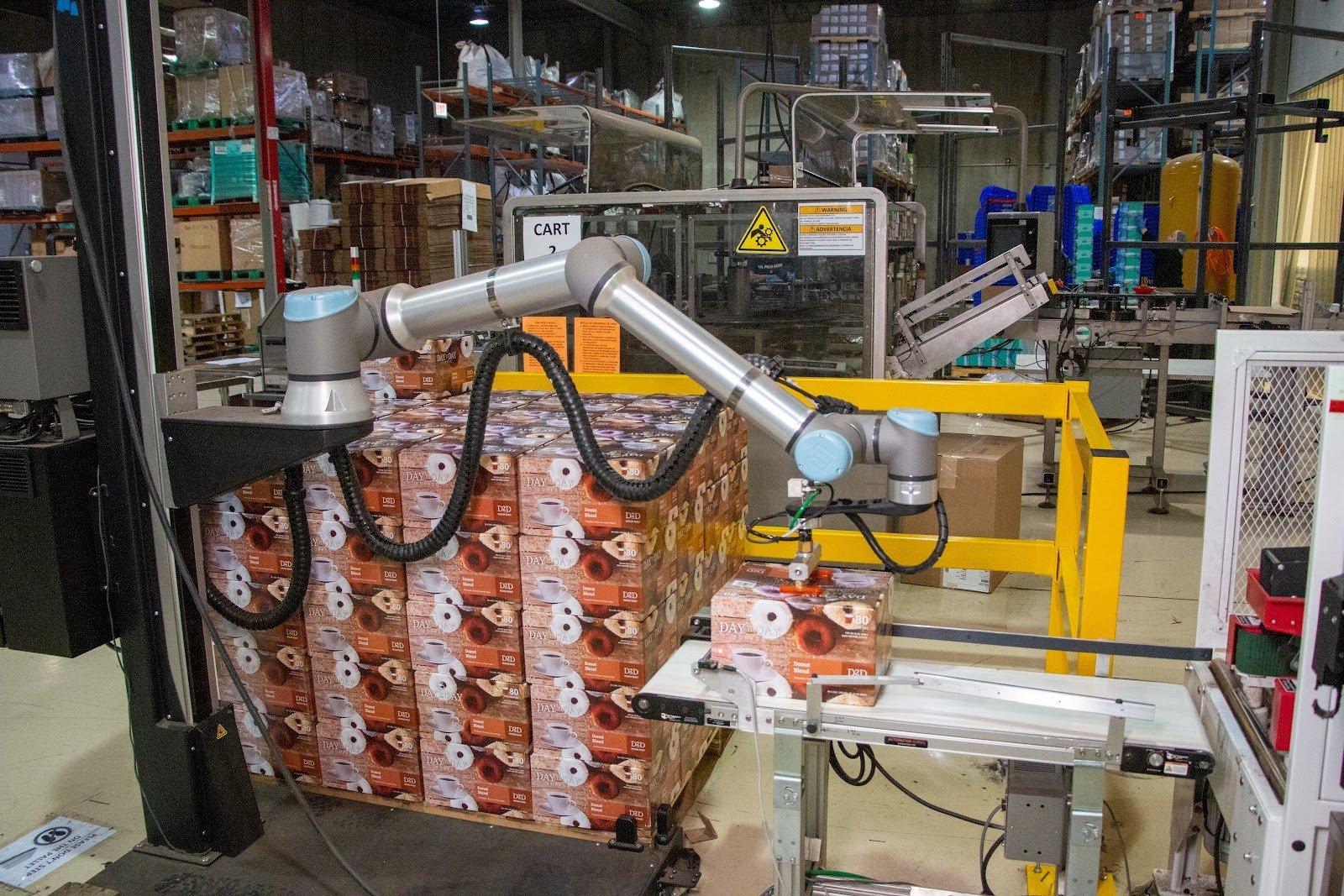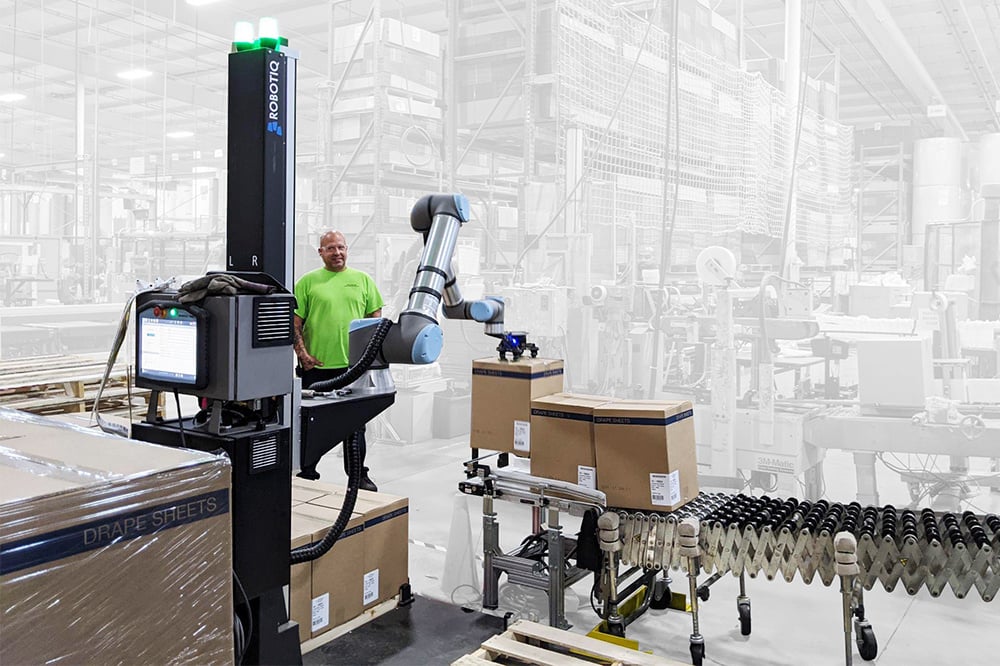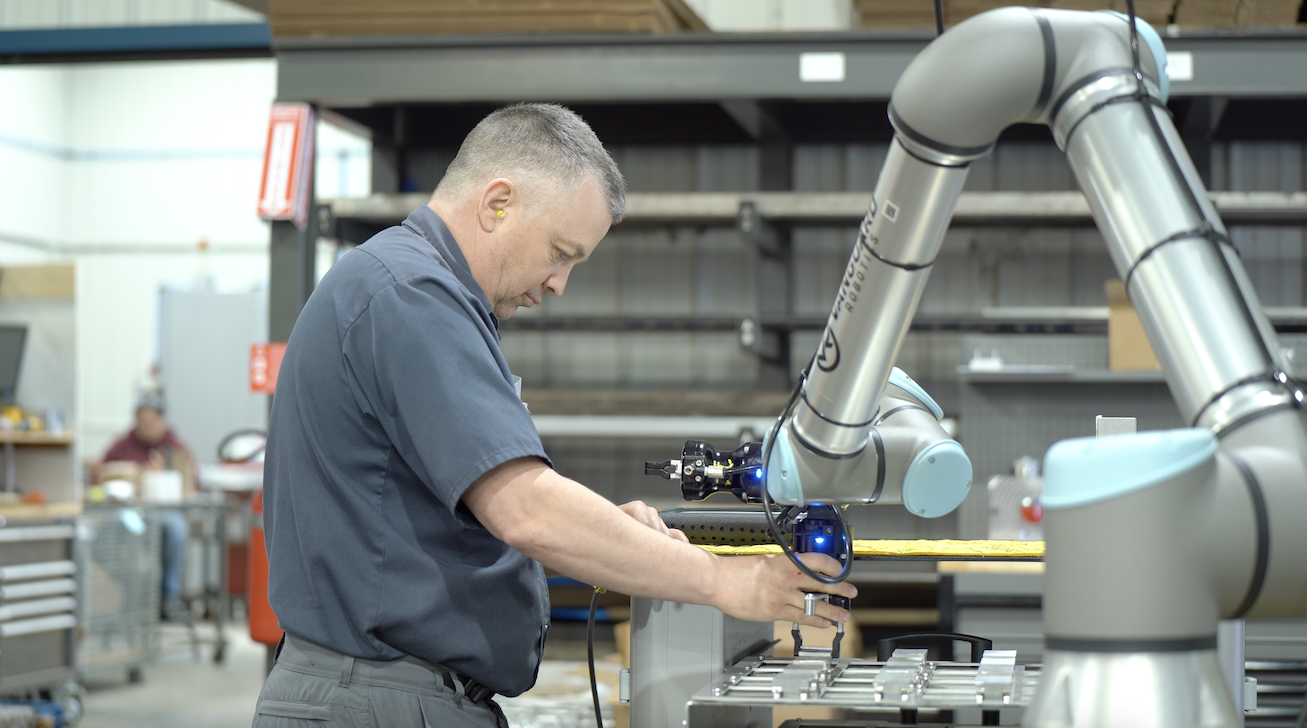How Will Manufacturing Robotics Change in 2017?

Posted on May 15, 2017 in Manufacturing
3 min read time
Robotics are the best thing to happen to manufacturing since the creation of the assembly line. In terms of production, cost, and overall benefit, there’s hardly any downside. Even in the wake of these robotic workers, humans aren’t being pushed to the side. With mundane tasks being relegated to the robots, productivity is improved and humans can focus on more important tasks.
It’s a bright future for robotics, but what changes are coming in 2017?

The Biggest Changes Coming to Robotics in 2017
Robotics have had a major influence on the manufacturing industry, but they also have evolved to benefit both the business and human sides of a plant. On the one hand, manufacturing is more consistent and efficient, but the increased productivity creates new jobs and collaborative robots make human jobs that much easier to perform.
As we make new and exciting strides forward in the fields of artificial intelligence, computer vision, navigation, sensors, and semiconductors, robots are able to do more than they ever could before. What’s even more important, is that they are safer than they’ve ever been.
As part of their predictions for 2017, IDC Manufacturing Insights Worldwide’s Commercial Robotics program published their report entitled “IDC FutureScape: Worldwide Robotics 2017 Predictions.”
In this document, they covered the 10 biggest developments that robotics will see in 2017 and beyond. Let’s take a look, shall we?
- Robots as a Service - This business model of lending robots or leasing them to businesses, will become ever more prevalent. The report estimates that 30% of commercial robotic application will be in this business model by 2019.
- New Role: CRO - A new role will emerge called the “Chief Robotics Officer” that will define the specific functions of robots within the business.
- Competition Grows - By 2020, there will be a surge in new vendors, as new companies enter the already $80 billion ICT market
- Robotics Talent Needs - By 2020, robotics growth will create the need for more jobs in the robotics industry, and salaries will increase by at least 60%
- Regulations Will Tighten - Government bodies will begin regulating robotics to ensure that safety concerns are being met.
- Cloud-Based Robots - By 2020, 60% of robots will require cloud-based software to give the new skills, programs, and ultimately, access to a cloud marketplace of skills.
- Collaborative Robots Rise - By 2018, 30% or all new robots will be collaborative in nature. They will be able to operate three times faster than today’s robots and will be safe to work around humans
- Shared Intelligence - By 2020, 40% of commercial robots will be connected to a web of shared intelligence which will increase overall robotic operational efficiency by 200%
- New Industries Emerge - By 2019, 35% of leading companies in logistics, health, utilities, and resources will start implementing robotics to automate operations.
- Robotics For E-commerce - By 2018, 45% of the 200 leading e-commerce companies will deploy robotics systems in their order fulfillment warehousing and delivery operations.
As you can see, the robotics industry is primed for huge growth over the next several years. Now is the time for companies to go all in and experience the changes that robots in manufacturing can provide.
Final Thoughts
Robotics are growing, and their role in manufacturing is growing as well. As we move into the future, more and more companies will embrace the opportunities that they offer. Have you implemented robotics into your manufacturing plant? Let us know in the comments!







Leave a comment